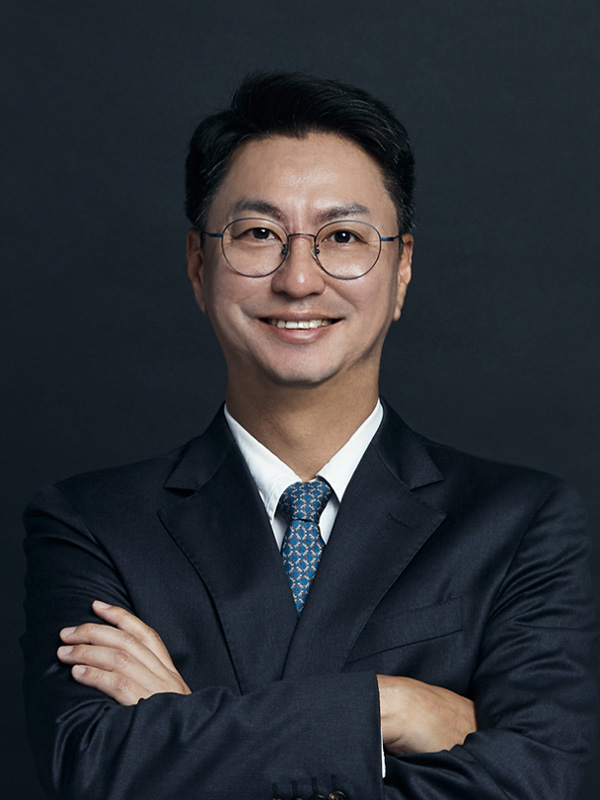KOREA LEGAL INSIGHT
[Environment · Energy] 21st Presidential Election: Forecast of Policy Shifts in the Environmental and Energy Sectors
2025.07.07
Jipyong News|KOREA LEGAL INSIGHT
[Environment · Energy] 21st Presidential Election: Forecast of Policy Shifts in the Environmental and Energy Sectors
2025.07.07
Professionals
-
 Korean Attorney+82-2-6200-1722 hjryu@jipyong.com
Korean Attorney+82-2-6200-1722 hjryu@jipyong.com
Hye Jung RYU -
 Foreign Attorney+82-2-6200-1851 hlee@jipyong.com
Foreign Attorney+82-2-6200-1851 hlee@jipyong.com
Hoon LEE -
 Korean Attorney+82-2-6200-1849 shko@jipyong.com
Korean Attorney+82-2-6200-1849 shko@jipyong.com
Sehun KO -
 Korean Attorney+82-2-6200-1819 hkpark@jipyong.com
Korean Attorney+82-2-6200-1819 hkpark@jipyong.com
Ho Kyong PARK -
 Korean Attorney+82-2-6200-1811 khsong@jipyong.com
Korean Attorney+82-2-6200-1811 khsong@jipyong.com
Kyung Hoon SONG -
 Korean Attorney+82-2-6200-1927 dcseo@jipyong.com
Korean Attorney+82-2-6200-1927 dcseo@jipyong.com
Dong Cheon SEO -
 Korean Attorney+82-2-6200-1798 ygkim@jipyong.com
Korean Attorney+82-2-6200-1798 ygkim@jipyong.com
Yong Gil KIM -
 Korean Attorney+82-2-6200-1775 pskim@jipyong.com
Korean Attorney+82-2-6200-1775 pskim@jipyong.com
Pan Soo KIM -
 Foreign Attorney+82-2-6200-1724 kangdy@jipyong.com
Foreign Attorney+82-2-6200-1724 kangdy@jipyong.com
Annie Da Youn KANG